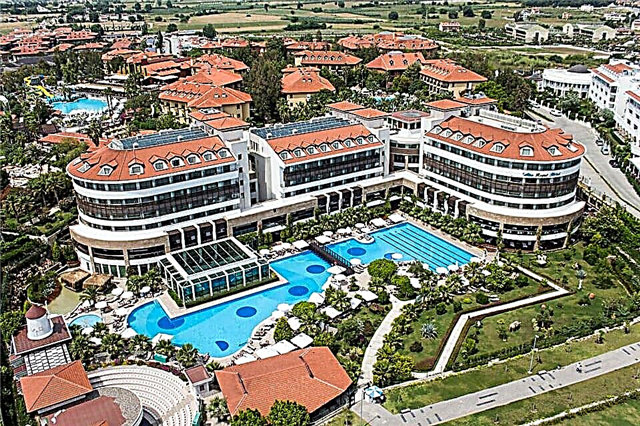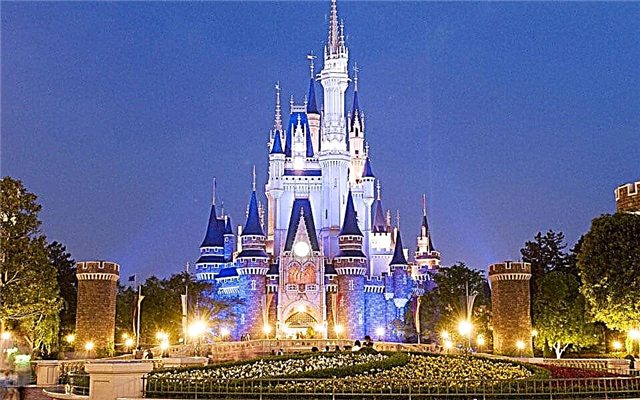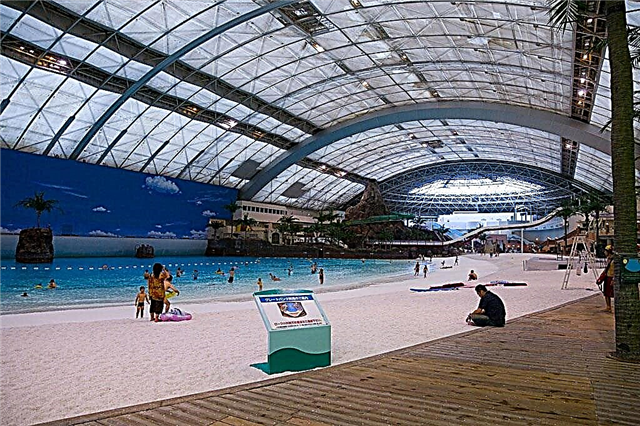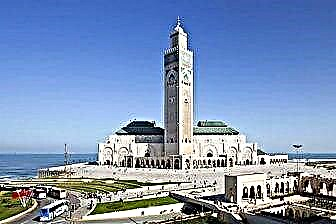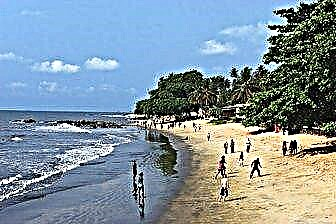Cameroon is not a popular destination, unlike its continental neighbors. A trip to this country will be interesting for a thoughtful tourist who wants to penetrate deeper into the traditional culture of the peoples inhabiting the region. More than 250 ethnic groups coexist in Cameroon; the traditions of the Fange, Bamileke, Fulbe, Daula and many others tribes are intertwined here.
The state existed for a long time as a European colony, independence was obtained only in 1961. Since then, Cameroon has been gradually improving life in all areas, including developing tourism. Travelers have a lot to see - due to the large elongated territory and different climatic conditions, Cameroon has a rich flora and fauna, an excellent climate (from 20 ° C in winter to 33 ° C in summer), interesting culinary traditions.

The best hotels and hotels at affordable prices.
from 500 rubles / day
What to see in Cameroon?
The most interesting and beautiful places, photos and a short description.
Volcano Cameroon (mountain)
Located near the coast of the Gulf of Guinea. The mountain is surrounded by fertile lands, so the area was inhabited for a long time. Only in the XX century. the volcano erupted six times, constantly forcing people to leave their homes. In 1922, there was such a violent eruption that lava overcame many kilometers and spilled into the ocean. On the slopes of the mountain, the Bakvery people cultivate the famous Cameroonian tea.

Fumban Royal Palace and Museum
Located in the town of Fumban in the west of the country, near the city of Buffoosam. It is an important and iconic landmark, part of the history of the western part of Cameroon (formerly known as the African Sultanate of Bamum). Previously, the palace belonged to the sultan's family. After 1917, the building was renovated and renovated. The things that belonged to the former rulers were placed in different rooms and the museum was opened for tourists.

Waza National Park
Natural area occupied mainly by savannah. Many African animals live here: antelopes, elephants, lions, gazelles, leopards, giraffes and others. The reserve is also inhabited by many birds - about 400 species of birds have found refuge on its territory. In the Vaza Park, he is planning to go on a photo safari, with the aim of observing animals in their natural environment, as well as for contemplating the harmonious nature of the African plains.

Jha Nature Reserve
It is a large massif of equatorial forests. Thanks to careful protection, the ecosystem of the area has been preserved almost intact. It is home to 1,500 plant species, 100 animal species and more than 300 bird species. The value of the reserve was recognized by UNESCO, and in 1987 it was included in the list of natural heritage. Several species of monkeys live here: gorillas, mandrills, monkeys, baboons, little galagos and chimpanzees.

Lake Chad
The largest body of water in Central Africa, its shores belong to Cameroon, Niger, the Republic of Chad and Nigeria. In the dry season, the area of the lake is significantly reduced, and in the rainy season it returns to its original size. Hippos and crocodiles live in Chad, and there are many fish. Buffaloes, elephants, zebras, antelopes, rhinos and warthogs constantly graze on the banks. The area of the lake has decreased almost twenty times over the past 50 years.

Lake Nyos (Nyos)
A small body of water located 300 km. from the capital of the country. It is located in the crater of an extinct volcano, so layers of magma come close enough to the bottom, which emit destructive carbon dioxide. Several times the inhabitants of nearby villages were poisoned with this gas, since as a result of especially large emissions, it spread at a high speed for tens of kilometers. Nyos is sometimes referred to as the killer lake.

Limbe town
A popular resort and international port in Ambas Bay at the foot of Mount Cameroon with magnificent volcanic beaches. Limbe is an old settlement of British colonists. The city was founded by the missionary Sacker at the end of the 19th century, was ruled by Germany until 1916, then again ceded to Britain. After gaining independence, it became part of Cameroon. In Limbe, the local zoo deserves special attention.

Kribi resort town
Located in the south of Cameroon, inhabited by representatives of the Evondo, Mabi, Batanga, Bullu and Bass. Since the end of the XIX century. served as the center of German trade. Over time, it has become an important economic hub in the region. Now Kribi has the status of the best seaside resort in Central Africa, it is suitable for both family and youth holidays. The sun shines here almost all year round and the temperature is quite comfortable up to 28 ° C.


